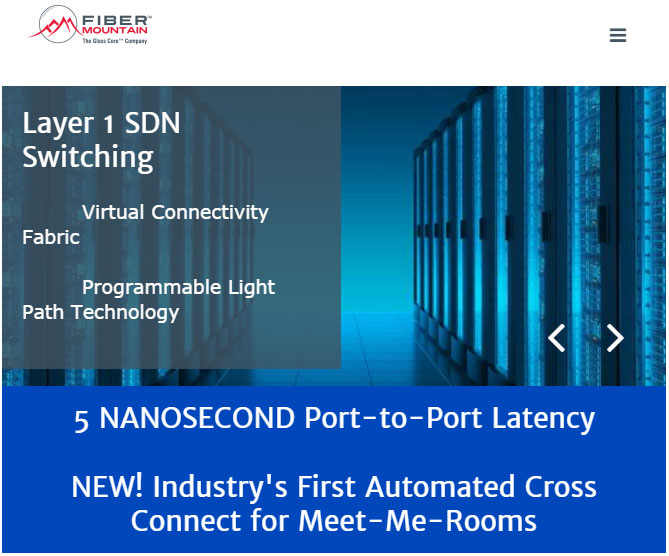Upgrade Campus Network Architecture At A Fraction Of The Cost
Upgrading campus network architecture is a long-term investment, so obtaining a reliable core switch with the right features and functions is essential.
Your switch is the foundation of your entire network and it’s no simple task to replace. Aside from considering the cost, your network engineers will factor in bandwidth, port density, downtime, and how easily the switch can be managed.
Most switch replacements occur every 10 years (or longer), despite current demand for higher performing switches. If you’re due for an upgrade and concerned about the cost, there are two possibilities you may not have considered: refurbished and surplus switches.
Refurbished technology is not second hand
If you’re leery about buying refurbished networking equipment, it’s important to understand what refurbished actually means. Buying refurbished equipment isn’t like buying someone’s old equipment on Craigslist or from a garage sale. In those instances, you don’t know what you’re getting. The device could have faulty parts and only last a few days.
Refurbished equipment, on the other hand, is carefully inspected by a technician and all necessary repairs, upgrades, and part replacements are made. The item may have been a return, an exchange, or it could even be brand new. Once an item leaves the manufacturer, even if it’s never used, it might be labeled as refurbished.
A refurbished device didn’t necessarily have a major flaw; sometimes the problem was minor and quickly fixed. All refurbished devices are thoroughly tested to make sure they work like new. The only difference is they’re sold at a fraction of their original cost.
You don’t have to pay full price
With some servers running thousands of computers, it’s important to make adequate bandwidth available. As a campus grows, network engineers make incremental upgrades but sometimes a complete overhaul is due.
Bright Star Systems is one example of a resource for refurbished and surplus switches. They stock Cisco, Arista, and Juniper hardware in new (surplus) and refurbished states.
Which switch?
No two switches are alike, and each manufacturer offers a different benefit.
Huawei campus core switches work with their Versatile Routing Platform to provide switching and rich networking services like VPN, desktop cloud, and video conferencing.
Juniper switches are popular because they support all standard Layer 2 protocols including spanning tree and all variants, IPv4, and IPv6. Juniper has been a leader in the industry for over ten years and has over 500 patents.
Juniper’s Senior Director of product marketing, Dhritiman Dasgupta, told Tech Target, “Customers see the value in the design flexibility enabled by our Virtual Chassis. Multiple switches can be managed and operated as a single switch," he said. "For example, four of these switches in buildings separated by 40 km look like a single switch to the network administrator."
Cisco switches are a little more expensive than the others because their focus is on longevity, according to the article linked above. Cisco is continually increasing performance, but rather than introducing a new switch every few years, they’re focused on the long haul.
HP prides itself on simplifying the management of their campus core switch. According to Kash Shaikh, senior director of product marketing for HP, “HP’s 10500 gives you a consistent architecture across the data center, campus and branch – through the Intelligent Management Center.”
Cisco, on the other hand, requires individual management systems for its two main switches: Nexus and Catalyst.
Considering a core switch upgrade?
Core switches aren’t cheap, but value is always more important. If a core switch doesn’t meet your networking needs, even if it’s cheap, it’s a waste of money.
It’s possible to perform in-service software upgrades to minimize your downtime. You might even be able to make incremental upgrades to your core periodically, but if that approach won’t give you the power you need today, or in a year, it’s time for a complete replacement.
Whether you’re due for an upgrade or your campus is expanding, your core switch needs to be able to respond to heavy traffic and keep packets moving. Don’t wait until your switch is pushed to the limit.
To help you make the right decision, read this thorough guide on how to prepare for a campus core switch refresh. By reading this discussion between network architects and engineers, you’ll gain a better understanding of what’s required for a refresh and how it will affect your company.
Edited by Mandi Nowitz


